Welcome to my first RPG review at Fanholes Podcast! Some know me as Bouv (at various messages boards) others know me as Nathan and today I'm here to review Book 1 of Palladium Books Robotech RPG (the original Book 1!). As many know, Robotech was a phenomenal animated series in the 1980's for U.S. audiences that combined three seperate Japanese animated series ("anime" by today's standards) into a singular, multi-generational storyline that, unlike other cartoons of the 1980's, told a continual story instead of everything being wrapped up at the end of the 30 minute block of time. There will always be those who argue for or against Robotech but they can't argue how popular it was, spawning toys, comics, novels and, of course, a RPG. Palladium Books (makers of Teenage Mutant Ninja Turtles and Other Strangeness, Rifts, Palladium Fantasy Role-Playing, Beyond the Supernatural, and Ninjas and Superspies) was able to pick up the license to produce RPG books for Robotech.
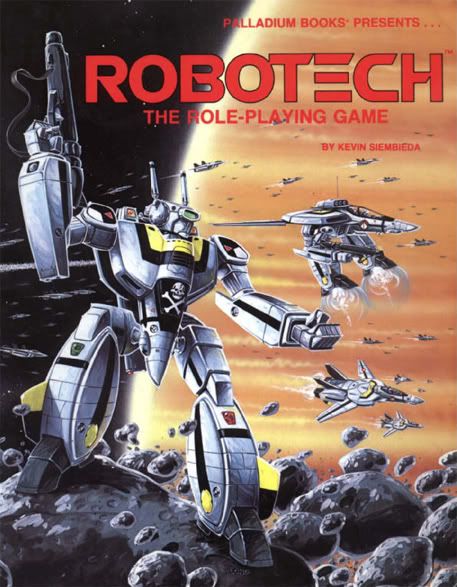
Robotech Book 1: Macross
Being book 1, this is the main “rulebook” – everything you need to know about running the game can be found here. Character creation, classes, alignment, combat, skills, etc. Other books would expand on some of these, but without this book, playing the game could be difficult. For a main rulebook, however, Book 1 is not huge (look at Pathfinder, around 600 pages, Macross is just over 100 pages (including how to play and setting information). While the production value may not be as high as other books (no color art except for the cover, pages were standard paper, not glossy, and no fancy fonts), for $12, I was happy with it.
Arrangement: The book starts off with a quick intro on both Robotech and role-playing (including a glossary of terms). After that it gets right into character creation, alignments, experience, insanity, and even a few optional rules for creation to help round out a character (height, weight tables, etc.). After that are the character classes (called O.C.C.’s, kind of light – destroid and veritech pilots, military specialist, electrical, communication, and mechanical engineers). Then we get skills and the rules (along with the introduction for Palladium of Mega-Damage which would go on to be used in Rifts). Like a majority of Palladium products, Robotech does use their Mega-Versal system (thus if you know how to play one of their games, you can play them all!). Then it goes into mecha (veritech and then destroids), vehicles, weapons (even spears and swords if you want!)and general equipment. The next section deals with the Zentradi, including background, mecha, equipment, and even how to play one (full or micronized, including O.C.C.’s for them). Then some world information, random encounter table, a mini-scenario, then glossary of Robotech terms, some NPCs (Rick Hunter, etc), followed lastly by info on the SDF-1.
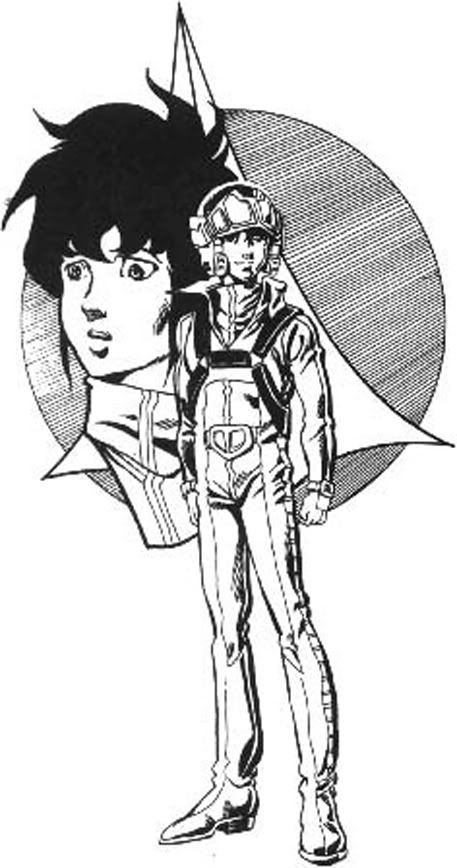
Rules: Palladium’s rule set is a fairly easy one to learn I’ve always found. The biggest complaint is that the pluses almost become too overbearing at some points. Being the first “MDC” game (Mega-Damage capacity – in all humans and the like have “Structural Damage Capacity”) some things were a bit off and unclear but eventually were tweaked within Rifts. Characters do get a lot of skills and they always seem to go up even if they weren’t used. A few things with the skills are unclear (do you always have to roll a piloting roll in combat, use your radar skills when trying to shoot the enemy, what can and cannot be dodged etc). The rules also seem to be jumbled around a bit (a couple sections talk about MDC) but it's workable.
Graphics: LOVE the art in this book. Some of it may be a bit off or misplaced but it still good solid black & white line drawings. Details are shown, compartments on mecha opened up. Kevin Long was the primary artist and he did great on it (in fact, over 20 years later, some of it is still being reused!). Long was a mainstay as Palladium for many years and it is a shame that he no longer works for them as he just had a grasp of drawing mechanics.
Equipment/Mecha: This is probably where the most glaring errors have occurred so I will start at the beginning.
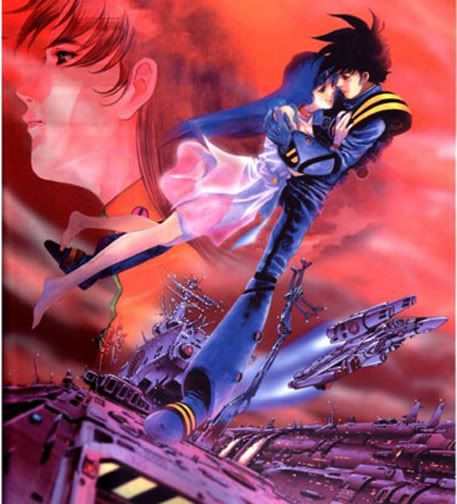
Veritech – A couple of the pictures aren’t quite right (using Macross: Do You Remember Love models for the cockpits) but most are good. For weapons, they list it has two forward firing lasers in the nose but they were only seen in one episode and it was an admitted mistake for that episode (the interns did it...seriously!). The GU-11 gun pod is said to carry clips of ammo, but this is never seen. It’s actually an internal magazine. The Super Veritech is treated as a different model, instead of just blow-away armor, as seen in the series and never referred to as a FAST pack. Types and amount of missiles are off (arms contain 3 apiece, not 2 on the FAST pack). It also says that is used in atmosphere, being able to go faster (not something that un-aerodynamic!) and can achieve orbit – never seen in the series.
Detroids – a bit wrong here! First off is the names – The Tomahawk is called the Excalibur, the Spartan is called the Gladiator, the Monster is referred to as a M.A.C. II (unsure if this is true of the series though, they use both a lot in the book), and is listed as having laser arms, not missile arms. The Defender is called the Raidar X and is mounted with lasers instead of conventional weapons. The Phalanx is called the Spartan. What also isn’t mentioned (but quite evident) is that the Tomahawk, Defender, and Phalanx all share a common lower body. Some will argue over the names (US vs. Japanese) but what Palladium did was called it one thing but it's official name is something else (like the A-10 Thunderbolt II always being called the Warthog).
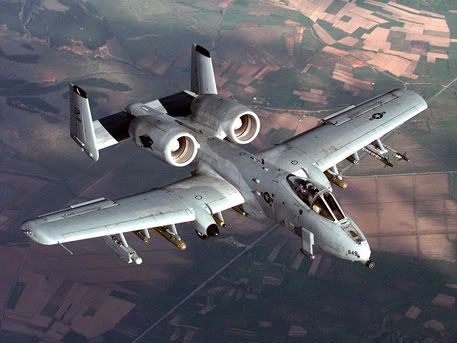
Vehicles: Pretty good here except that the Lancer I Space Fighter they detailed is actually a spaceship. Going by the picture, it could pass as fighter but there is no visible cockpit (not really needed in space I guess) but the missiles fire vertically, which usually isn’t the case for fighter craft. However, in the back, they do admit there was little to no information on what it was and there were references to both a manned and unmanned space fighter (ends up being the Lancer II for both of them). The Falcon Fighter jet is also misidentified and its cannons are left out as weapons (we see Roy flying one in a flashback episode). We also get a bunch of conventional vehicles seen in the series listed along with other basics.
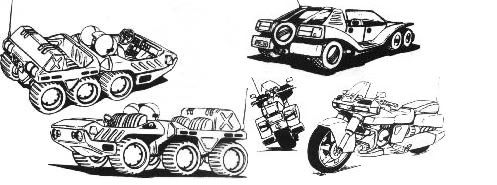
Weapons: Pretty easy, just reprinted list of modern weapons from other games. However, they mislabel/misidentify one weapon they call the RDF Laser Pistol – it’s actually a small rocket launcher (and looks bigger than the RDF Laser Rifle!). Since Macross didn't have a lot of original weapons, most of the weapons listed are conventional ones, include archaic (so you can fight that giant Zendtradi with a sword!).
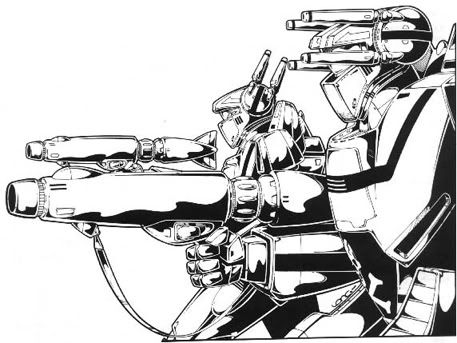
Zentradi: Pretty good in this section. Again, their handheld weapons are all mixed up – their main assault rifle can only fire a couple bursts? Their laser handgun never runs out of ammo? Some of the mecha weapons are slightly misidentified (on the power-armors) and the fighter pod and Officer's Pod Booster Vehicle is said to have a force field – this was in reference to animation of it reentering the atmosphere and the heat buildup in the front looked like a force field.
World Information: Some pretty good stuff here and they leave a lot of stuff open to the GM on who he really wants his antagionists to be (the Zentradi or other countries like the Eastern Bloc Soviet Independent States (EBSIS)). They also assume that the game will be set in the Reconstruction Era, after the end of the Macross series but before Southern Cross. Eventually, other books would be released that would go on to detail other sections of the world more. Also include in this section are write-ups for many of the characters we see in Marcoss to use an NPC's in a campaign.
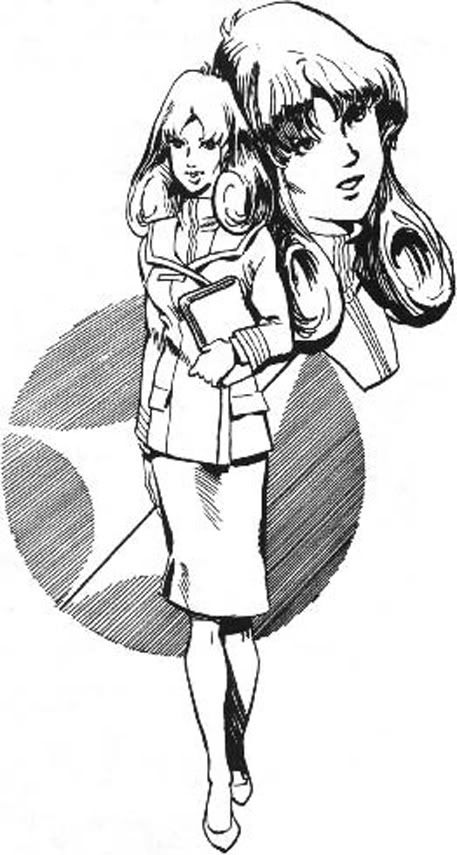
Overall: In my original eyes (as a 13 year old facsinated by Robotech due to reruns on Sci-Fi), this was an A+ product! Being a Robotech fan, this was the go-to sourcebook for all things Macross/Robotech related. However, now having more information on the properties (via the "Information Superhighway"), this book would be a solid B. They did a great job with the information they had but there is a lot of “wrong” or mislabeled stuff in it. Especially in the beginning of the book, the columns, tables, and everything almost looks a bit hap-hazardly laid out. But the artwork is solid, most of the information is solid, and Palladium did a good job of starting to lay a foundation for their version of the Robotech universe.
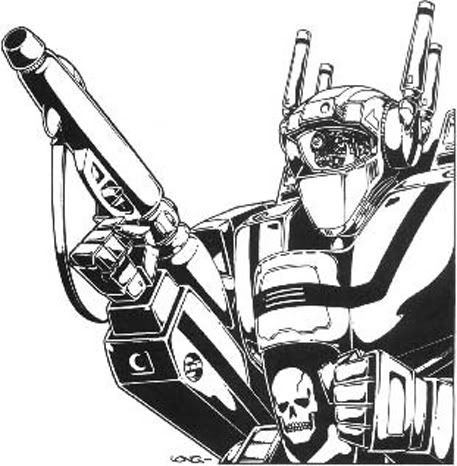

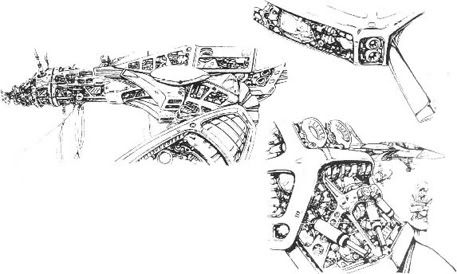
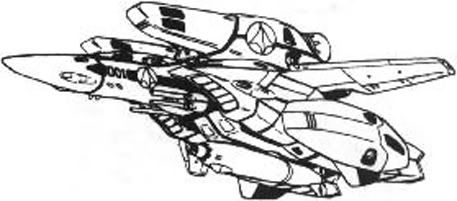
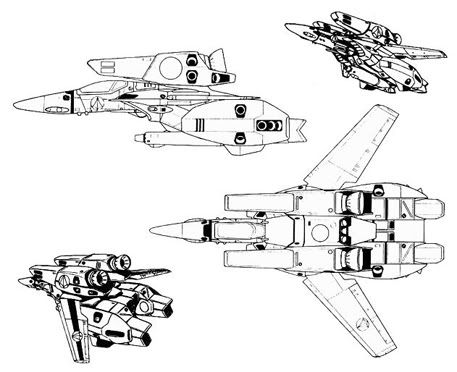
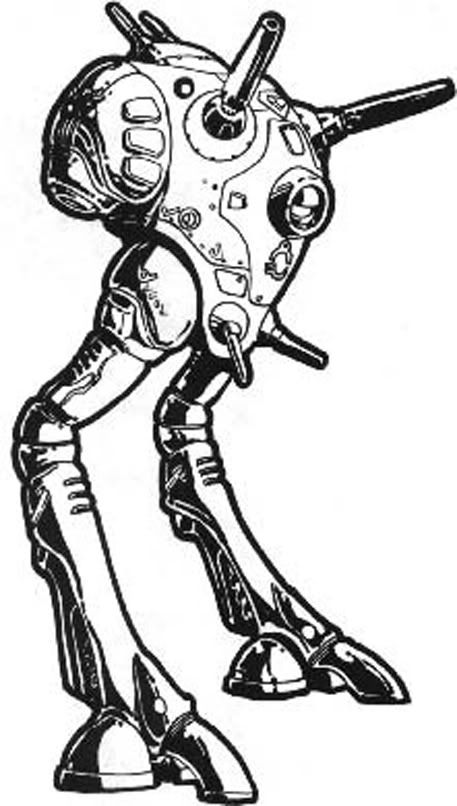
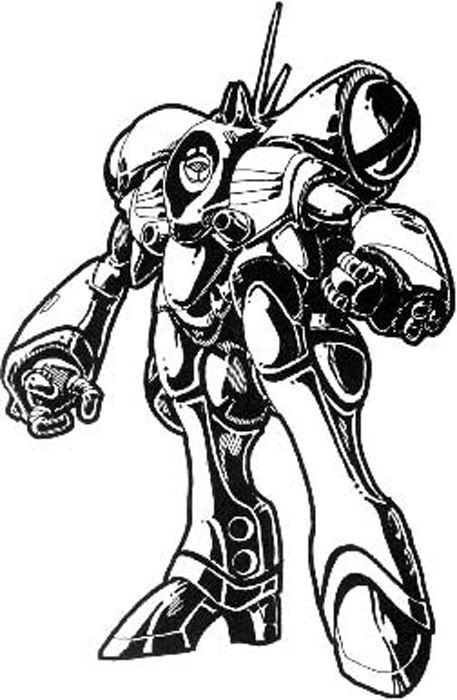
No comments:
Post a Comment